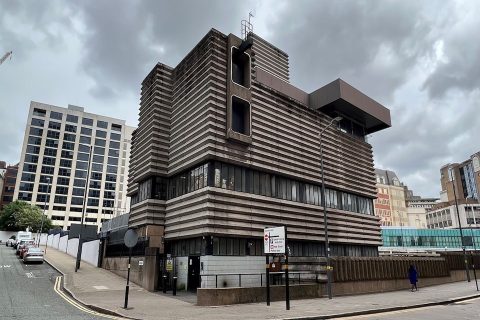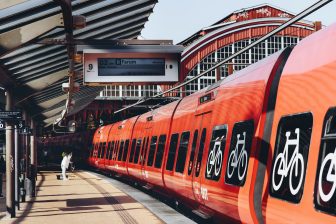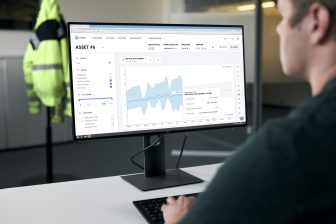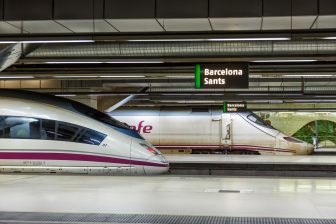
Seven thousand applications for 60-person tour of famous Birmingham signal box
It may be easier to win the National Lottery than to see inside an iconic example of 1960s brutalist railway architecture. Network Rail, the organisers of one-off public tours of the former Birmingham New Street signal box, have revealed that they received more than 7,000 applications for just sixty places on offer. Network Rail has now contacted all of the astonishingly lucky attendees by telephone to confirm their places and let them know what to expect this coming Friday 31 March.
Want to read more?
You have read all of your free premium articles for this month. Please become a subscriber to keep reading.
Subscribe now!
Take advantage of our exclusive offer to get full access to all premium content.



